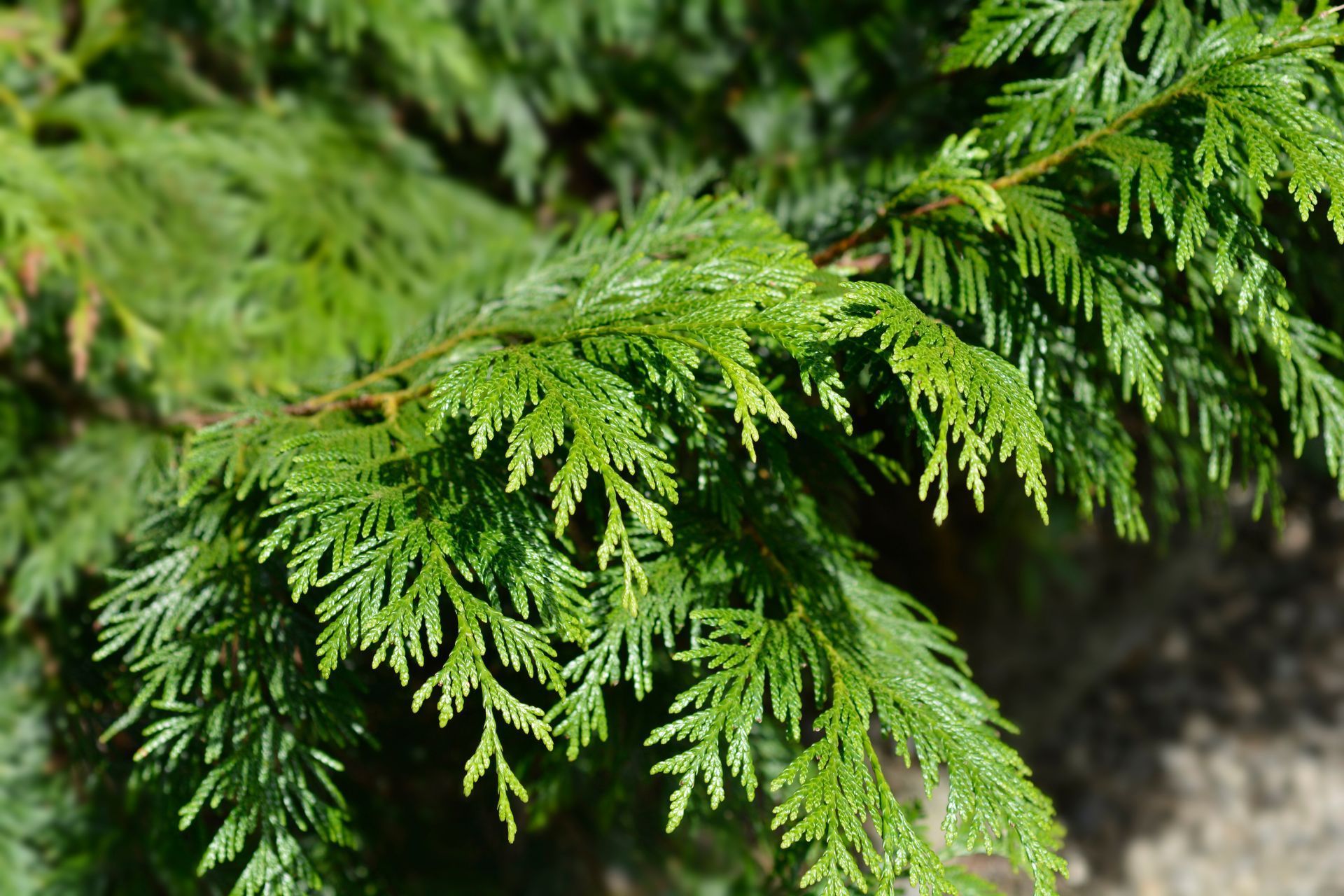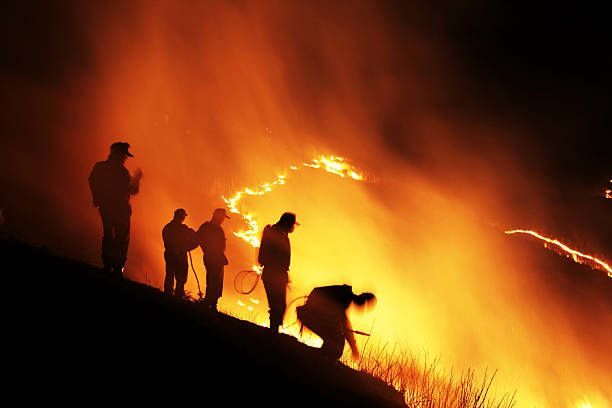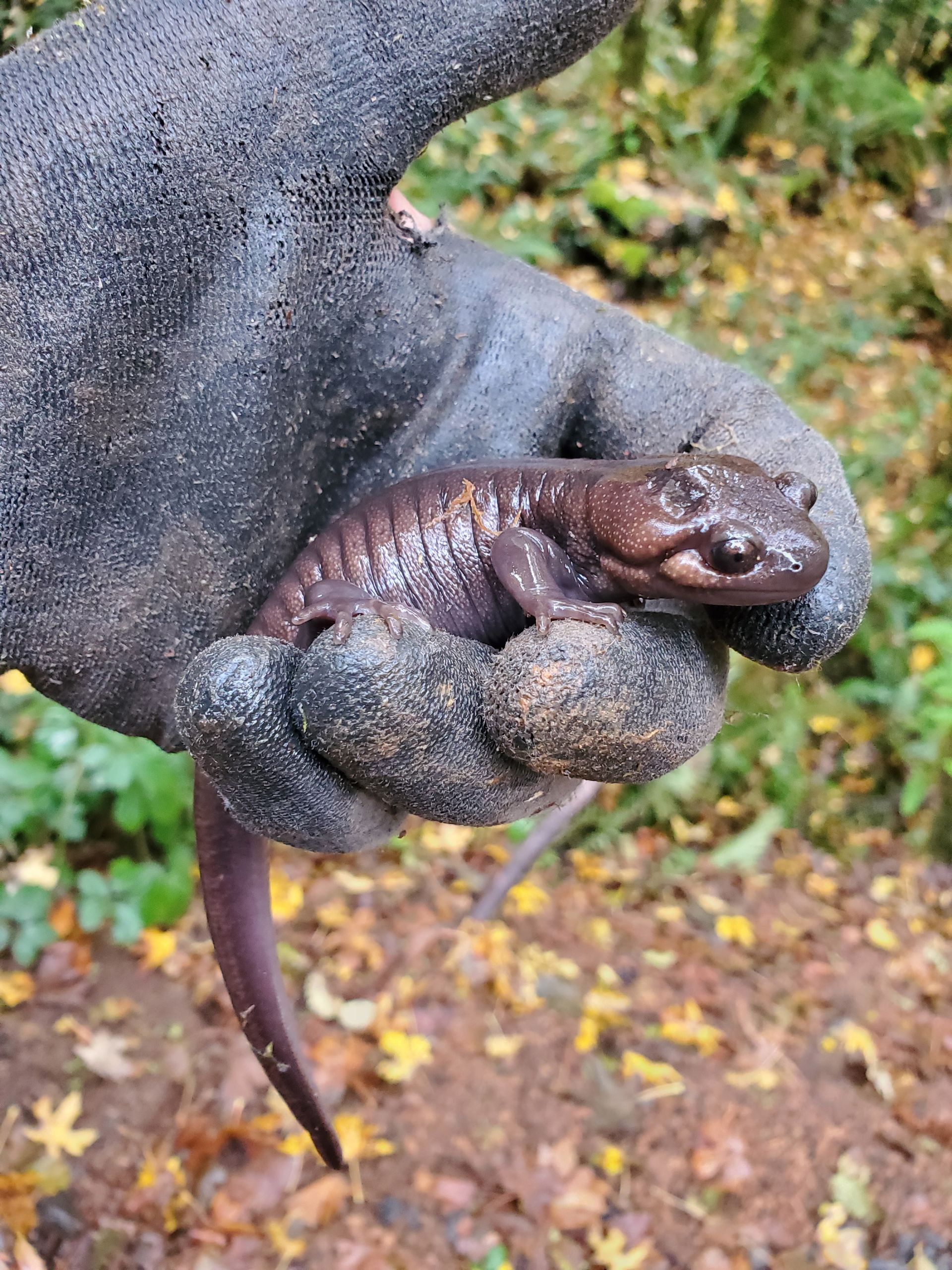Tree Care Tips From An Oregon Arborist

Following is a summary of several articles highlighting the case of Western Redcedar dieing in unusually high numbers. Interesting facts and details follow to help familiarize us with this species as we watch and interact with an ever changing world. Often concerning, always exciting, how will you participate? Introduction: Western redcedar (Thuja plicata), a species native to Canada, Alaska, Washington, Oregon, Idaho, Montana, and northern California, holds significant ecological, economic, and cultural value. Indigenous communities in the Pacific Northwest have long recognized its importance, using every part of the tree for various purposes. Additionally, Western redcedar is highly sought after for its timber and provides essential wildlife habitat, particularly in drier areas of eastern Washington and Oregon. Unfortunately, in recent years, forest health specialists and land managers have observed dieback in Western redcedar populations across the region, leading to concerns about the future of this ecologically vital species. Cultural Significance and Traditional Uses: For indigenous peoples in the Pacific Northwest, Western redcedar has deep cultural significance. Throughout history, they have actively managed and stewarded these trees, using them for various purposes. The tree's roots are utilized for basketry, wood for planks, canoes, and other tools, bark for containers and clothing, limbs for carving and firewood, and boughs for smudge sticks and medicine. These sustainable practices highlight the interdependence between indigenous communities and Western redcedar. Ecological Importance and Habitat: Western redcedar provides unique wildlife habitat, especially in drier regions of eastern Washington and Oregon. Although the species can be associated with multiple plant communities, Western redcedar stands are typically characterized by cool, moist environments with abundant moss and standing water. This species is known for its shade tolerance and ability to thrive in coastal fog belts and moist inland areas. It can also tolerate various soil types and outcompete other species in wet soils. In mixed forests, Western redcedar often coexists with western hemlock and Douglas-fir, while alternate species may include incense cedar, sequoia, bigleaf maple, and others depending on the site conditions. Dieback Issue: Recent years have witnessed the occurrence of dieback in Western redcedar populations throughout Oregon, Washington, and western Canada. Even in areas where these trees traditionally flourish, such as along streams and shaded regions, pockets of dieback have been observed. The exact cause of this dieback remains unknown and is currently under investigation. Symptoms and Potential Factors: Dieback in Western redcedar is characterized by thinning crowns, branch dieback, chlorosis (yellow foliage), heavy cone crops, and mortality. While the species is typically resistant to insects and diseases, opportunistic pests may attack weakened or dying trees. The dieback epidemic is hypothesized to be primarily abiotic in nature, potentially linked to increased drought periods and rising temperatures in the western United States. Research and Data Collection: To address the dieback issue, forest health specialists and land managers have initiated research efforts. The Oregon Department of Forestry and Washington Department of Natural Resources, in collaboration with the U.S. Forest Service, have been collecting data through various methods. This includes using an app called Survey 123 to record dieback locations and gather site-specific measurements. Researchers are also engaging citizen scientists through platforms like iNaturalist to broaden data collection efforts. Preliminary Findings: As of now, over 369 dieback sites have been recorded in Oregon and Washington, with plot and site data collected at 148 of these sites. Initial findings indicate that dieback occurs across the species' distribution range, with higher frequency in low elevation, urban corridors of western Washington and northwestern Oregon. Thinning crowns and branch dieback are the most common symptoms observed. Climate variables, such as spring precipitation as snow and temperature, appear to be associated with dieback patterns, highlighting the potential impact.






